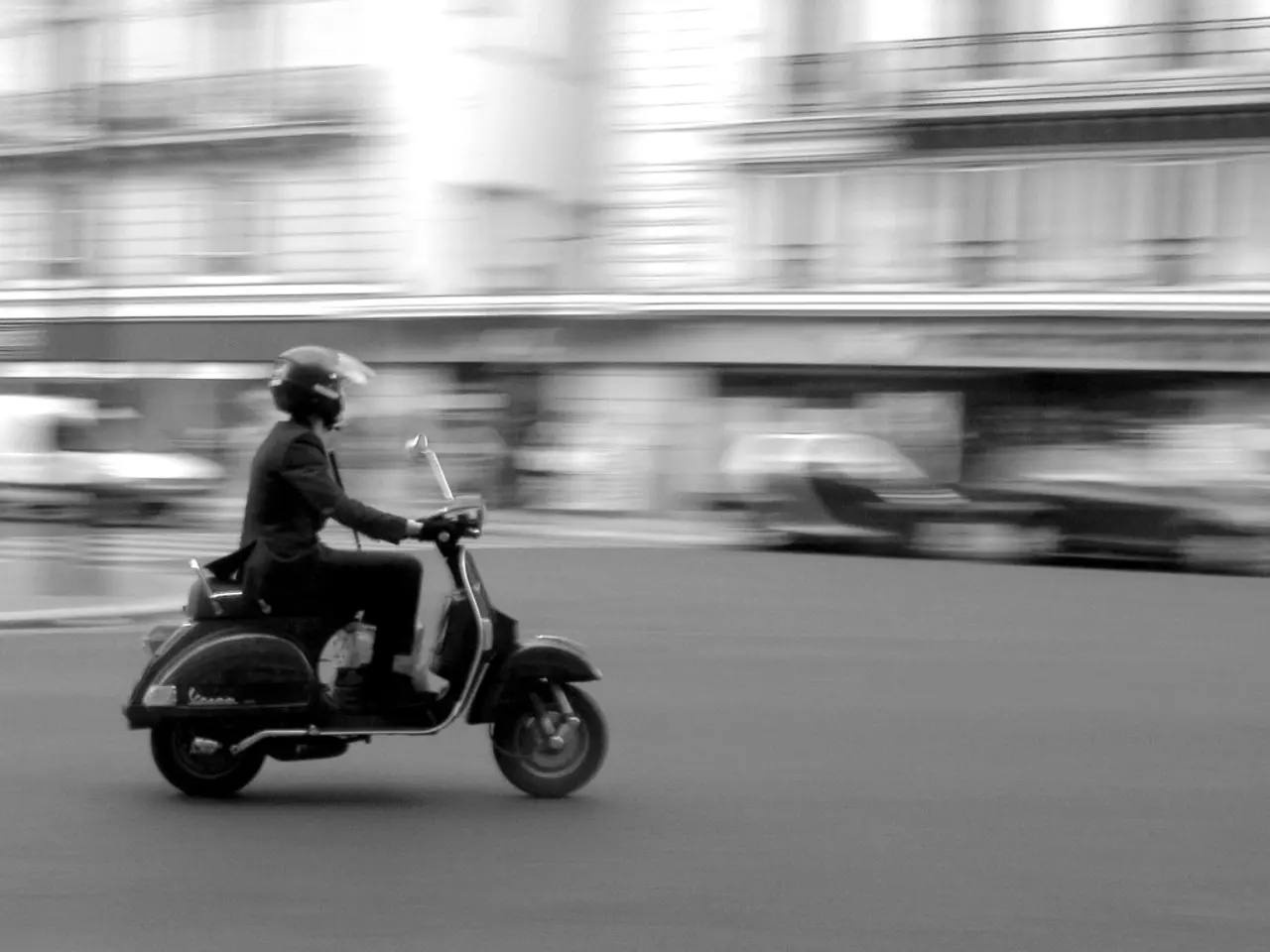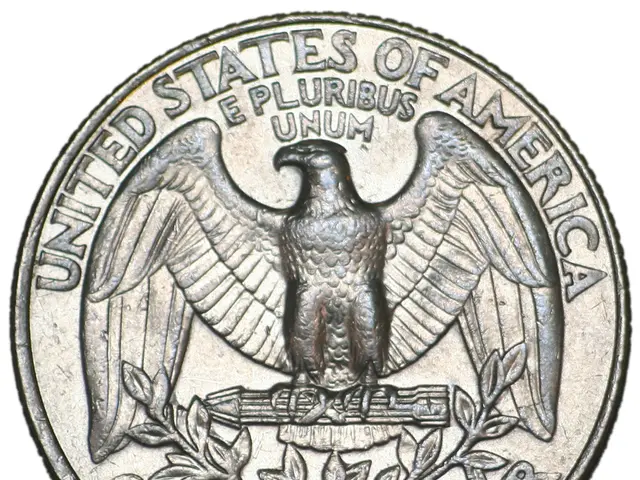Responsibility in Case of Accidents while Operating Electric Scooters: Who Takes the Blame?
In the bustling cities of today, electric scooters have become a popular mode of transportation. However, as the number of electric scooter users continues to rise, so too does the number of accidents associated with them. This article aims to shed light on the complexities of liability in electric scooter accidents.
Courts are increasingly scrutinizing the role of riders, manufacturers, motorists, rental companies, property owners, and municipalities in these incidents. The key factors determining liability include negligence, product defects, and premises conditions.
If an accident occurs due to the carelessness of the rider, such as violating traffic laws or riding recklessly, they can be held liable or partly liable under comparative negligence laws. On the other hand, drivers who cause collisions by negligent actions, like running stop signs or distracted driving, can be held liable for injuries to electric scooter riders.
Product liability comes into play when an accident results from a mechanical or design defect in the scooter, like faulty brakes or throttles. In such cases, manufacturers or rental companies responsible for maintenance can be held accountable. Similarly, injuries caused by poor road or sidewalk maintenance, such as potholes or unsafe surfaces, may lead to liability for property owners or municipalities responsible for upkeep.
Many electric scooter accident cases involve multiple parties sharing fault. For example, a rider could be partly at fault while a driver or manufacturer may also bear responsibility, with compensation adjusted accordingly under comparative negligence rules.
The legal and insurance landscape for electric scooter accidents is complex. Liability depends on relevant insurance coverage (drivers’ auto insurance, rental company policies, or rider’s health insurance) and the application of local laws defining electric scooters’ legal status. Insurance coverage for electric scooter accidents is still a legal gray area, making personal injury claims more complex.
One of the biggest obstacles for injury victims in electric scooter cases is the fine print in scooter rental agreements, which often include arbitration clauses, waivers of liability, and limitations on damages. Experienced personal injury attorneys can help navigate these complexities.
In sum, finding who is liable in an electric scooter accident requires investigating the facts such as how the accident happened, the behavior of involved parties, scooter condition, and environmental factors. Liability may be borne by one or several parties depending on their degree of fault and legal standards like negligence, product liability, and premises liability.
Over the past five years, emergency room visits linked to electric scooters have surged, and a report by the U.S. Consumer Product Safety Commission found that injuries involving electric scooters increased by nearly 450% from 2017 to 2022. As electric scooters continue to proliferate, understanding the intricacies of liability in accidents becomes increasingly important for riders, drivers, and city planners alike.
In the realm of health-and-wellness, understanding the intricacies of personal injury claims in electric scooter accidents is crucial, given the rise in emergency room visits linked to these vehicles over the past five years. contributed to a nearly 450% increase in injuries from 2017 to 2022. This realm intertwines with science as experts investigate the factors contributing to these accidents, such as negligence, product defects, and premises conditions.
The finance sector, particularly personal-finance, plays a significant role in managing the associated costs and compensations, as the legal and insurance landscape for electric scooter accidents remains complex due to factors like arbitration clauses and limitations on damages in rental agreements.
Furthermore, the technology sector also has a part to play in improving electric scooter safety, through advancements in vehicle design, maintenance, and safety features that could potentially reduce the number of accidents and injuries. As electric scooters continue to become a popular mode of transportation, it is essential that we navigate these complexities across various disciplines to promote the safety and well-being of all road users.








